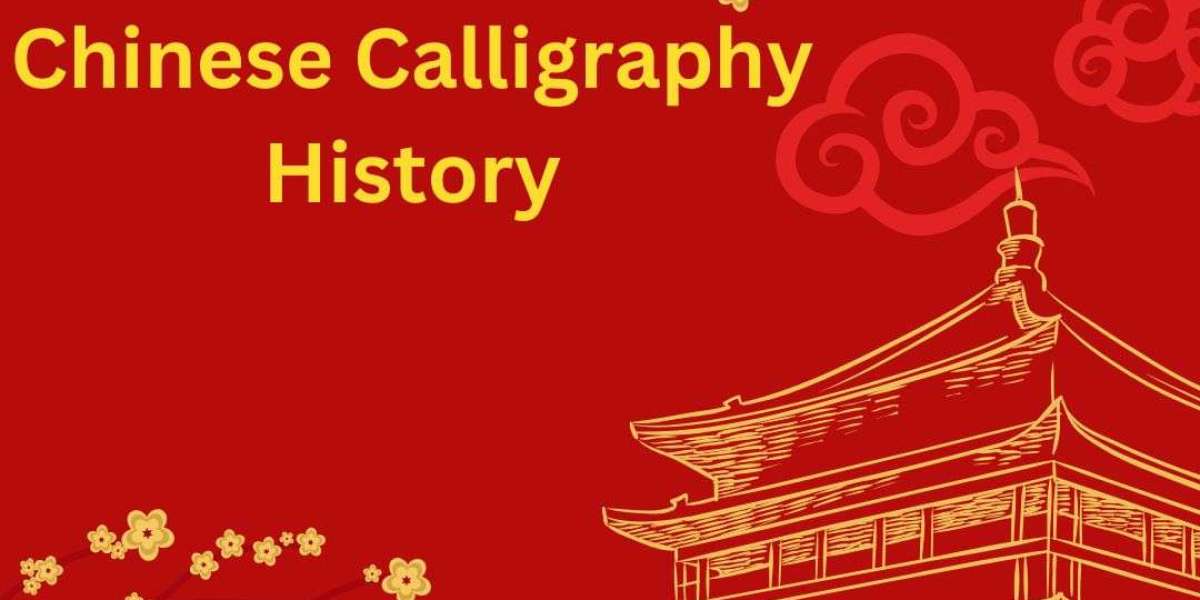Chinese calligraphy history is not just the story of ink on paper—it's a journey into the heart of China’s evolving cultural identity. From oracle bone inscriptions to modern brushwork, calligraphy has served as both an artistic practice and a vehicle for philosophy, politics, and education.
At China Art Hub, we celebrate this timeless tradition by offering access to authentic calligraphy tools and resources that connect artists, collectors, and cultural enthusiasts with the roots of Chinese artistic expression.
Origins in Ancient Dynasties
The origin of Chinese calligraphy dates back to the Shang Dynasty (c. 1600–1046 BCE) when early inscriptions were carved into turtle shells and animal bones. These markings, known as oracle bone script, were primarily used for divination and are the earliest evidence of Chinese written language.
As the dynasties evolved, so did the script styles. The Zhou Dynasty introduced the Great Seal Script, followed by the Small Seal Script in the Qin Dynasty. Each transformation reflected broader social changes and contributed to the shaping of Chinese civilization.
Calligraphy and Confucian Influence
By the Han Dynasty, calligraphy had become more than writing—it was recognized as a discipline worthy of scholarly pursuit. Confucian ideals further elevated the art, emphasizing moral cultivation through refined brushwork. This led to the development of Clerical Script (Lishu) and later, Cursive Script (Caoshu).
These script styles allowed scholars and officials to express emotion, thought, and personality through calligraphy, marking the beginning of what we now see as expressive calligraphic tradition.
The Golden Age of Calligraphy
The Tang and Song Dynasties (7th–13th centuries) are often referred to as the golden era of Chinese calligraphy. Master calligraphers like Wang Xizhi, Yan Zhenqing, and Su Shi introduced dynamic, fluid strokes and philosophical depth. Their works were admired not just for technical skill, but for the emotion and rhythm conveyed through each brush movement.
At China Art Hub, we offer reproductions, study sets, and original tools inspired by these masters, making their legacy accessible for modern learners and artists.
Calligraphy Today – A Living Heritage
Despite digital advancements, Chinese calligraphy continues to thrive in schools, galleries, and homes. It’s practiced as a form of mindfulness, artistry, and cultural preservation. Students worldwide now explore this art form to reconnect with heritage or discover its aesthetic beauty.
China Art Hub proudly supports this growing community by providing a curated range of calligraphy brushes, ink stones, rice paper, and instructional resources—ideal for both beginners and experienced artists.
Discover Authentic Calligraphy Tools at China Art Hub
Whether you are a hobbyist, educator, or seasoned practitioner, China Art Hub is your trusted partner in exploring Chinese calligraphy history. From traditional writing sets to historical insights, our platform is designed to preserve the past while inspiring the future.



